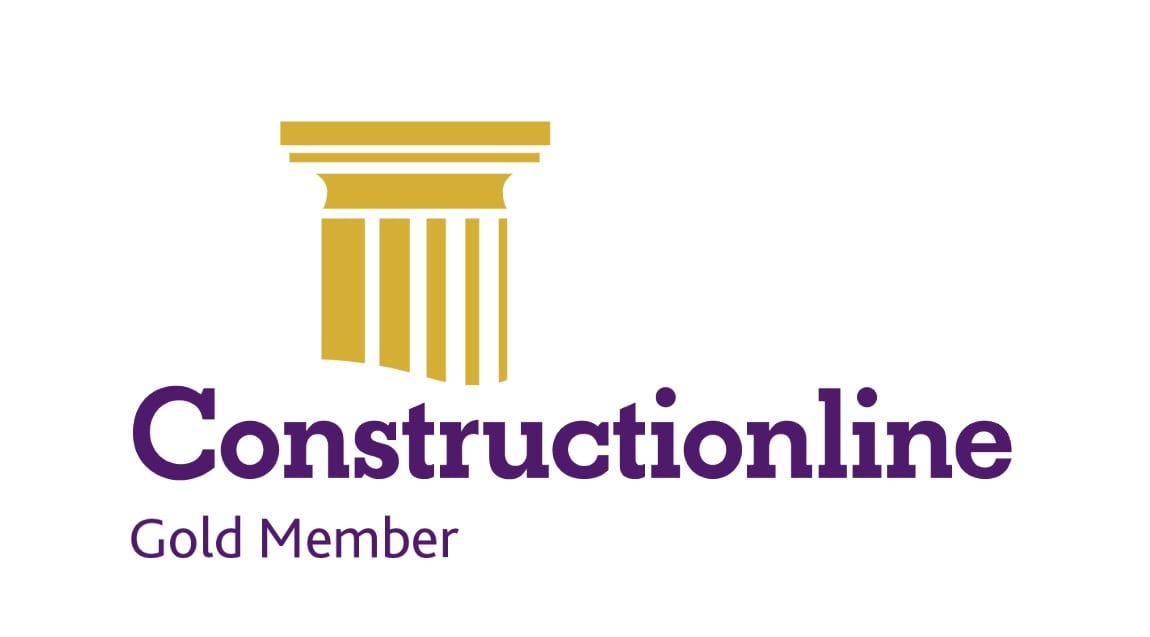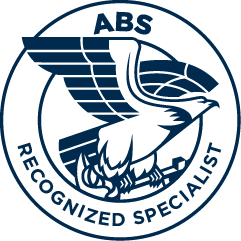Safeguard your buildings and environment with asbestos Testing, Inspection, Certification and Compliance services from Lucion. Our commitment is to protect you, your projects, and the environment.
Think Tank ResPublica, estimates six million tonnes of asbestos still exist within 1.5 million buildings in the UK. Ensuring the safe management of asbestos within these structures is crucial for compliance.
As your asbestos Testing, Inspection, Certification and Compliance (TICC) partner, we ensure that our operational systems and safety processes adhere to ISO 9001:2000 quality assurance standards.
Our UKAS ISO 17025 accredited hazardous materials laboratory operates under the legal entity Lucion Services. Lucion Services is a UKAS accredited testing laboratory No. 2569 and inspection body No. 0263 in relation to asbestos.
Our fully UKAS accredited asbestos testing and analysis services are designed with your needs in mind, including:
- Independent asbestos sampling, testing, and analysis to ensure impartial results
- BOHS certified surveyors and analysts conducting asbestos bulk sampling with your project’s unique requirements in mind
- Qualitative and quantitative identification of asbestos in soils
- Asbestos air testing and monitoring, utilising advanced Phase Contrast Optical Microscopy (PCOM) analysis
- Precise asbestos fibre determination and counting with Scanning Electron Microscopy (SEM) and Energy Dispersive Spectroscopy (EDS)
We are not just about results; we are committed to making your world safer and greener. Our facility, one of the UK’s most environmentally friendly asbestos laboratories, operates with air source heat pumps and solar photovoltaic cells.
Our mobile laboratories, accredited by UKAS, bring our services to you, reducing transportation emissions for your long-term projects.







































